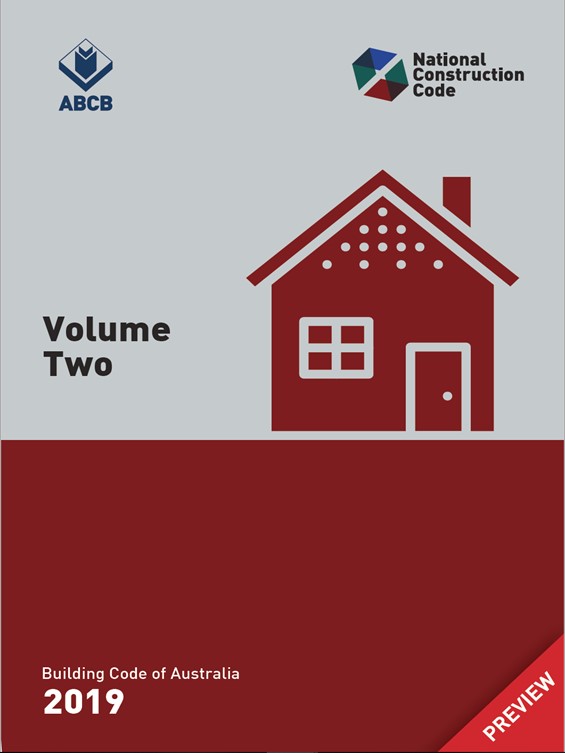 As many of you will know, the new National Construction Code, formerly known as the Building Code of Australia, is due to take effect in May 2019. In an effort to fully understand the new code, I recently attended an HIA seminar to learn more about the unprecedented number of changes the code will bring.
As many of you will know, the new National Construction Code, formerly known as the Building Code of Australia, is due to take effect in May 2019. In an effort to fully understand the new code, I recently attended an HIA seminar to learn more about the unprecedented number of changes the code will bring.
The National Construction Code (NCC) has undergone a general restructure to improve its readability, interpretation and application. It is hoped fresh content, figures and explanatory information will help overcome issues of understanding and reflect contemporary practices. While there are many changes, I wanted to focus on updates to requirements regarding home alterations and additions. Here is a summary of the key changes:
Site Preparation
Earthwork requirements have been revised to clarify their application and use updated terminology. This section of the code includes a part referencing a new Australian Standard providing additional options for designing retaining wall structures.
Framing
The new code includes durability requirements for in-ground subfloor timber framing which is dependent on subfloor clearance and ventilation requirements.
Roof cladding, gutters, down pipes and wall cladding
Detailed information and diagrams have been added regarding both sheet and tiled roofing, which includes minimum pitch, span tables, fastenings, installation and flashing requirements.
Rainfall intensities data and detailed gutter and down pipe requirements have also been included as has information regarding wall cladding including stud spacing, clearances, fasteners, installation and flashing.
Fire Safety
In Brisbane, the Queensland Development Code overrules the NCC. This is important to note when it comes to smoke alarms as QLD has some of the strictest requirements in the country. The NCC provides further clarification for smoke alarms, where bedrooms are located in separate areas of a dwelling.
Health and Amenity
The requirement for waterproofing to wall/floor junctions in bathrooms and laundries has been changed to a water-resistant junction. This is achieved using ceramic tiles and a suitable silicone sealant.
There has also been an entirely new section added, which addresses condensation management. This stems from improved thermal performance and the sealing of modern construction, which has resulted in adverse effects of condensation on domestic structures. Also falling under health and amenity is exhaust systems. When installed in a kitchen, bathroom sanitary compartment or laundry, exhaust must meet minimum flow rates and be discharged externally or to an adequately ventilated roof space.
Safe Movement & Access
The code includes new detailing for handrails and barriers, where it is possible to fall one metre or more from a trafficable surface. Clarification and detailing for requirements of barriers for openable windows in bedrooms and those in other rooms has also been added.
Ancillary Provisions
This is an entirely new section of the NCC, which addresses fixing requirements to external walls for decks and balconies. In short, decks and balcony fastenings cannot be attached to brickwork and there are a raft of new connection details and general requirements.
Energy Efficiency
Additional criteria, detailed tables and explanatory information regarding energy efficiency has been added to the NCC to reflect modern construction methods and design trends. Due to the complexity of this section, most major extensions and renovations will now require an energy assessment report prepared by a suitably qualified person as part of the building application process.
Overall, the new NCC is a great improvement on the Building Code of Australia and now reflects modern techniques, construction materials and methods. The inclusion of additional diagrams, explanatory information and content to create a more inclusive code greatly reduces confusion and will improve interpretation and application in the residential construction industry.
To find out more about how the new NCC affects you, get in touch with the team at Update Renovate today or visit the Australian Building Codes Board.
